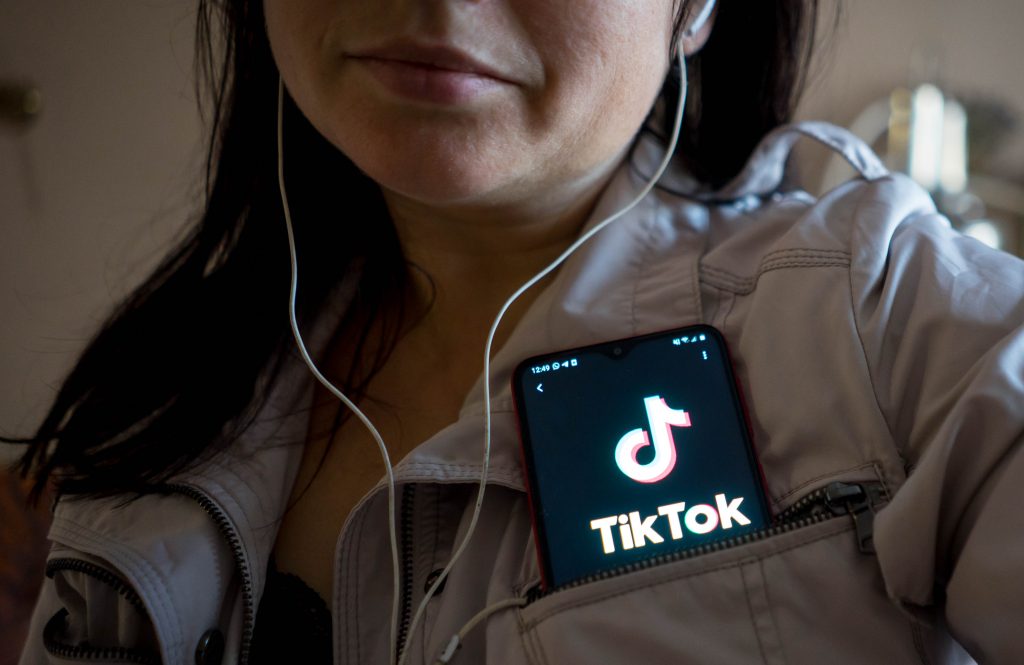For those who are something close to out of the loop when it comes to social media, it can be overwhelming to think about how to engage it, especially when it comes to how it is used by one’s children or grandchildren.
And here’s some real talk: Keeping tabs on how our children are using social media can seem quite daunting, even for those of us who are a bit more sophisticated with social media.
I remember the first time my undergraduate students first explained to me how their use of Instagram isn’t all what it seems. There is often a “real” Instagram account, sometimes referred to as a “Rinsta,” in which young people carefully cultivate their image and opinions in light of a more public audience, including adults in many cases. But there also often a “Finsta” or “fake” Instagram account, which is hidden from public view and in which only a few select close friends get the ostensibly unvarnished version of who they are.
“So let me get this straight,” I said to my students. “The ‘real’ Instagram account is your fake self while the ‘fake’ account is actually your real self?”
They nodded in agreement.
Aside from the deeply confusing nature of the wording here — and questions surrounding whether young people even know who they are apart from who they project themselves as being on social media — it was sobering to think about how many parents actually think they have a good handle on what’s going on with their kids on social media, when in fact they have no idea at all.
I’m in the midst of having a similar kind of awakening when it comes to TikTok, the Chinese-owned social media application that allows young people to create and share all kinds of videos in new and creative ways.
I had kind of assumed it was a fad that would pass once kids realized they could do similar kinds of things on what I thought were more established and powerful applications, like YouTube. I associated it mainly with funny videos of games many of us used to play: like keep the balloon from hitting the ground. Or with the “Sea Shanty” phenomenon from several months back, a truly awe-inspiring collaboration across the world of talented singers and musicians adding to each other’s performance of songs like “The Wellerman.”
But earlier this month I got a reality check: TikTok has now overtaken YouTube when it comes to “average watch time” in the U.S. and the U.K. This development, according to the BBC, has “upended” the streaming and social media landscape.
Then a few days later I got another wake-up call about the reality of the context actually being served to our children via a Wall Street Journal (WSJ) article, which detailed how “TikTok is Serving Up Sex and Drugs.”
Did you know that a 13-year-old can sign up for an account, search for a topic related to sex or drugs, and through TikTok’s algorithm be served a steady diet of sex and drugs as the primary videos they are shown as they scroll?
The WSJ’s investigations found that some of the videos were explicitly suggestive about sexual relationships between adults and children. One of the videos, for instance, had a man’s voice giving instructions to a young woman in a latex leotard. “Feel free to cry,” the voice said. “You know it’s daddy’s favorite.”
With more lingering on these kinds of videos, TikTok’s algorithm had, according to the WSJ, “pushed them into a rabbit hole that many users call ‘KinkTok,” featuring whips and chains and torture devices. Eventually, virtually the entire feed for this user became dominated by this content, including into some dark corners where material that should be banned nevertheless evaded the application’s scrutiny.
The news about TikTok’s relationship to drugs is, if anything, worse.
Lingering on a video of a young woman in search of marijuana led to a suggestion to watch a video of a marijuana-themed cake, which led in turn to “the majority of the next thousand videos touting drugs and drug use, including marijuana, psychedelics, and prescription medication.”
Described by the WSJ as an “addiction machine” — one with an algorithm much more powerful than YouTube’s — TikTok learns very quickly how best to burrow its way into the primordial parts of the user’s brain in order to keep him or her scrolling for as long as possible.
This, coupled with social media’s general and intentional distortion of what’s real, has put our young people at very, very serious risk. Their rates of depression and anxiety are skyrocketing. Suicide rates are going dramatically higher as well, particularly for girls. Boys are increasingly aimless and drifting from the track toward higher education.
If parents want to give their children the best chance to be grounded in what is real, what is life-giving, and what is of God — many already know how applications like Instagram, Snapchat, YouTube, and Tinder can derail these goals. But, if you’re like me, you may have dismissed TikTok as a fun little video app on the side.
But that is absolutely not the case. It may be the worst of the lot. And it demands our closest attention.

